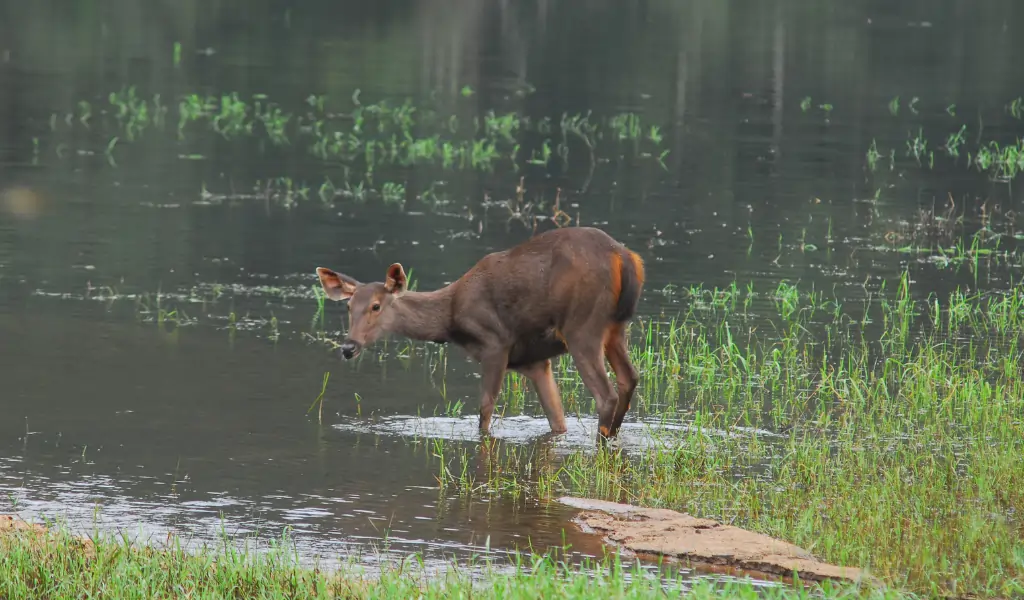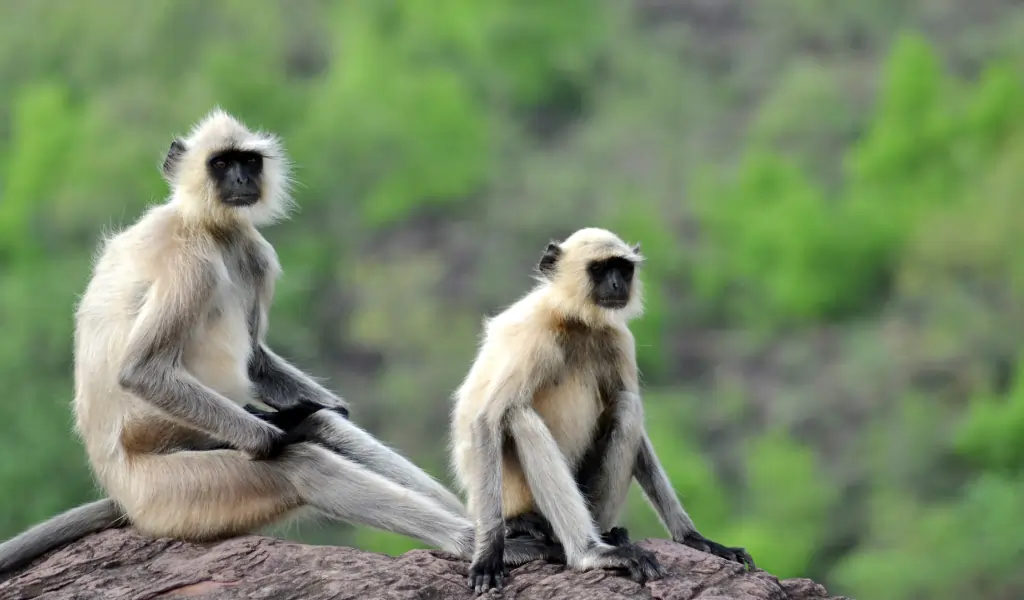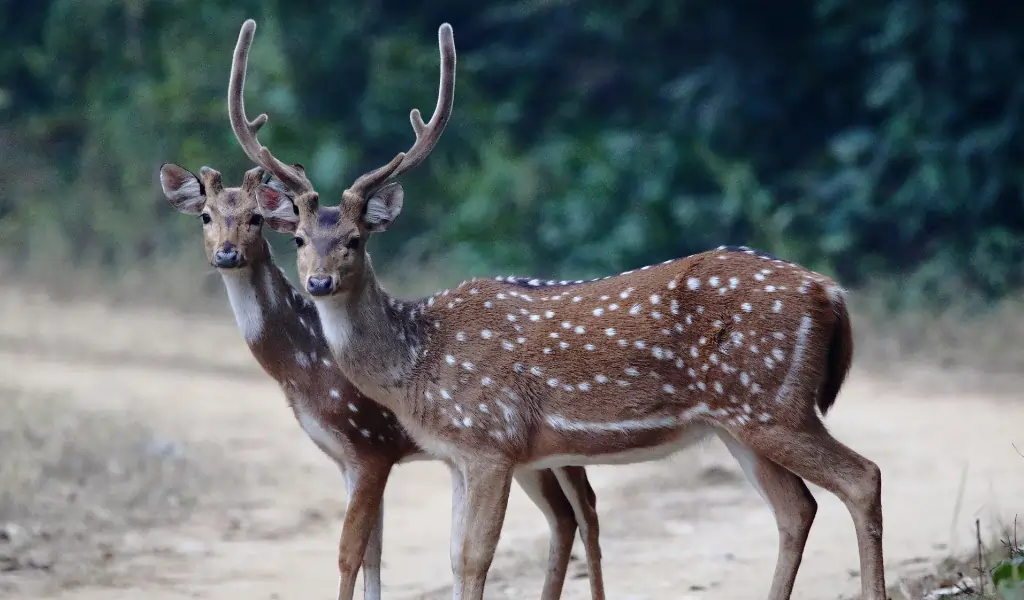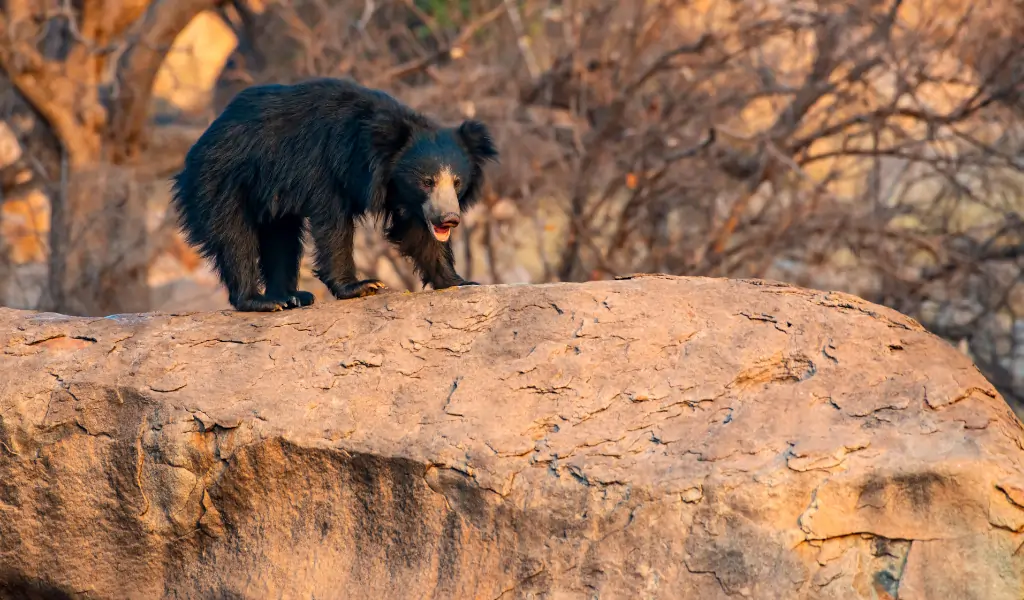India’s wilderness is an awe-inspiring tapestry of biodiversity, offering countless opportunities for both amateur and professional photographers. From the towering elephants of Corbett to the elusive tigers of Ranthambore, the subcontinent’s national parks and sanctuaries are a paradise for wildlife photography. This comprehensive guide will help you master the photography tips with field-tested tips on equipment, technique, ethics, timing, and storytelling, all attuned to the unique challenges and marvels of India’s wild places.
Understanding India’s Wildlife Diversity
India, a country with exceptionally rich biodiversity, offers wildlife photographers an abundance of subjects to capture. With four biodiversity hotspots, ten distinct landscapes, and sixteen forest types, India boasts a vast network of over 500 wildlife sanctuaries and more than 100 national parks, including 58 tiger reserves—each with its own unique fauna and habitats. These diverse environments present key photographic opportunities:
- Bengal Tiger: Found in Bandhavgarh, Kanha, Ranthambore, Sundarbans, and Corbett.
- Asian Elephant: Jim Corbett, Kaziranga, Nagarahole, Periyar.
- Indian Leopard: Kabini, Jawai, Satpura.
- One-horned Rhinoceros: Kaziranga and Manas, Assam.
- Asiatic Lion: Gir National Park.
- Rare Birds: Keoladeo (Bharatpur), Ranganathittu, Thattekad, Vettangudi.
- Other Wildlife: Bears in Daroji, wild ass in Kutch, red panda in Sikkim, snow leopard in Ladakh.
- Flora: Valley of flowers, Kaaas plateau, Orchid sanctuary and various national parks known for its floral diversity specially in biodiversity hot spots.
Research the species and habitats beforehand to anticipate animal behavior and select ideal locations for your shoot.
Timing: When and Where to Shoot
- Best Time: November to June for most parks; winter for birdlife (migratory season), summer for mammals at waterholes.
- Golden Hours: Early morning and late afternoon provide soft, directional light and heightened animal activity.
- Key Destinations:
- Jim Corbett National Park – Iconic for tigers and elephants
- Kaziranga National Park – The only home to India’s one-horned rhinoceros
- Kanha National Park – Known for its tigers and landscape
- Ranthambore National Park – Tiger sightings in dramatic ruined fort settings
- Gir National Park – The last habitat of Asiatic lions
- Ranganathittu and Thattekad Bird Sanctuaries – Migratory and endemic birds
- Hemis National Park – Elusive snow leopards
- Singalila National Park – known for red pandas
- Nagarhole National Park – For the largest congregation of elephants during summer months.
- Valley of Flowers – Known for its high-altitude wild varieties of flowers.
Match your objectives to the park’s specialties and seasonal cycles to maximize photographic opportunities.
Visit our photography safari tours in India page.
Essential Equipment for Indian Wildlife Photography
Camera Gear:
- DSLR or Mirrorless Camera with fast autofocus and good high-ISO performance. If you are a master in handling SLR or mirrorless professional cameras, they are the best companion for your wildlife photographic expedition to India.
- Telephoto Lens: At least 400mm is standard; 200–600mm zoom and primes (300mm, 400mm, 600mm, 800mm) are popular. 400 mm is good for Indian mammals specially in the forests of Central India even less like 300 or 250 is also good for big mammals. 400 and above are good for snow leopards and birds as well.
- Wide Angle Lens: For habitat shots and dramatic landscapes (16–35mm or 24–70mm).
- Stabilization: Sturdy tripod or monopod for ground shooting. In jeeps, a beanbag is often preferable for support on vehicle edges.
- Other Essentials: Spare batteries, memory cards, lens cleaning kit, rain covers, neutral-colored clothing, insect repellent, sunscreen, energy bars, water, and a headlamp.
Tip: For beginners, superzoom bridge cameras (Nikon P900/950, Sony RX10 IV) can suffice for birding or casual safaris.
Field Technique Fundamentals
1. Patience and Preparation:
- Wildlife shots reward quiet observation and readiness—animals seldom repeat behaviors.
- Always keep your camera out and ready—India’s iconic moments (tiger crossings or chasing an animal, bird flights altogether from a wetland) can be sudden and fleeting.
- Anticipate action by learning key species’ habits and movement routes, guides naturalists and drivers are expert to anticipate, so follow their instructions.
2. Focusing on the Eyes:
- Human viewers always connect first with the subject’s eyes; always keep them tack sharp.
- Use single point autofocus and focus on the near eye if animals look sideways.
- For animals with long snouts/beaks, increase depth of field (f/8–f/13) to keep entire face sharp.
3. Composition and Storytelling:
- Apply the Rule of Thirds: Place animals off-center to add drama and context.
- Use negative space and contextual backgrounds to tell a broader story.
- Seek clean, out-of-focus backgrounds using wide apertures (f/2.8–f/5.6); avoid distracting elements (branches, bright spots).
- Capture behavioral moments or animal interactions for compelling stories.
4. Light and Exposure:
-
- Use natural light, flash startles wildlife and is banned in many parks.
- In low light (dawn/dusk), increase ISO or use wider apertures to maintain shutter speed and avoid blur.
5. Camera Settings:
- Use shutter priority (S/Tv) or manual mode to freeze motion (1/1000s+ for action, 1/250–1/500s for portraits).
- Adjust ISO as light changes; modern cameras handle ISO 1600–3200 well.
- Continuous autofocus (AI Servo/AF-C) helps with moving subjects.
Wildlife Interaction: Staying Safe and Respectful
- Move quietly and avoid sudden movements to keep wildlife calm.
- Never bait or call animals using artificial methods, these can disturb natural behaviors and are illegal.
- Obey all park rules, stay in designated areas, and follow your guide’s advice for your own safety and that of the animals.
- Give animals space, especially mothers with young or nesting birds, to avoid stress or aggression.
Remember: Your presence should not alter an animal’s natural behavior. True wildlife photography relies on patience, respect, and ethical responsibility.
The Ethics of Wildlife Photography in India
Ethics is non-negotiable for responsible photographers:
- Respect for Wildlife: Always use a long lens to keep safe, ethical distances.
- No Flash: Disturbs nocturnal and sensitive species.
- Avoid Manipulation: Never stage scenes, use call playbacks, or move animals for a photograph.
- Legal Restrictions: Do not photograph or approach protected species or habitats without necessary.
- Leave No Trace: Remove all trash and avoid trampling vegetation or disturbing nesting areas.
- Promote Conservation: Use your images to educate and foster respect for India’s biodiversity
Violating ethical standards can result in legal penalties under India’s Wildlife Protection Act.
Also read about Guide for best tiger safari tour in India.
Practical Tips for Indian Conditions
-
- Dress in neutral earth tones for stealth and heat regulation; avoid bright colors.
- Carry layered clothing—early mornings can be chilly even in tropical forests, but mid-day gets hot.
- Secure equipment against dust and rain (consider dry bags, rain covers, and silica gel packs).
- Back up images daily using extra SD cards, portable drives, or cloud uploads.
- Stay hydrated and carry basic first aid; India’s wild places can be remote and rugged.
Top Indian National Parks and Sanctuaries for Photographers
Here are some of the most rewarding locations for wildlife photography in India:
| Park/Sanctuary | Location | Best For |
|---|---|---|
| Jim Corbett National Park | Uttarakhand | Tigers, elephants, birdlife, river scenery |
| Ranthambore National Park | Rajasthan | Tigers, leopards, scenic ruins |
| Kaziranga National Park | Assam | One-horned rhino, buffalo, elephants |
| Gir National Park | Gujarat | Asiatic lions, leopards |
| Bandipur/Nagarahole | Karnataka | Elephants, tigers, birdlife |
| Kanha National Park | Madhya Pradesh | Barasingha, tigers, landscapes |
| Manas National Park | Assam | Tigers, elephants, clouded leopards, rare birds |
| Ranganathittu Sanctuary | Karnataka | Wetland birds, boating views |
| Thattekad Bird Sanctuary | Kerala | Endemic and migratory birds |
| Hemis National Park | Ladakh | Snow leopards, high-altitude fauna |
Each location excels in at least one iconic wildlife subject and offers a unique landscape backdrop.
Storytelling and post-processing
-
- Treat each frame as part of a larger visual story show animals in their context, capture interactions, moments of rest, and hints of habitat.
- Process RAW files for optimal sharpness and dynamic range but avoid excessive editing that misrepresents reality.
- Caption images with scientific names, location details, and behavioral notes to educate viewers and add impact.
Conservation Impact: Photography Tips for Good
- Share images to foster appreciation and support for India’s wildlife.
- Donate or collaborate with conservation groups to highlight threatened species or habitats.
- Avoid sharing geotags of sensitive wildlife locations to prevent disturbance by others.
Indian wildlife photography is not just about the perfect shot—it’s a form of advocacy. By observing ethical practices and sharing your respectful visual stories, you contribute to conservation efforts and help ensure that the wonders of India’s wilderness remain for generations to come.




